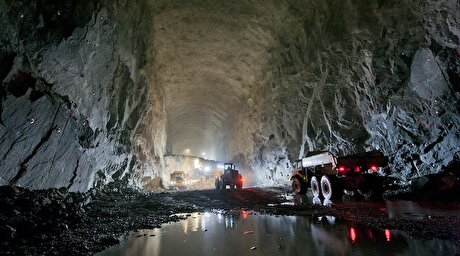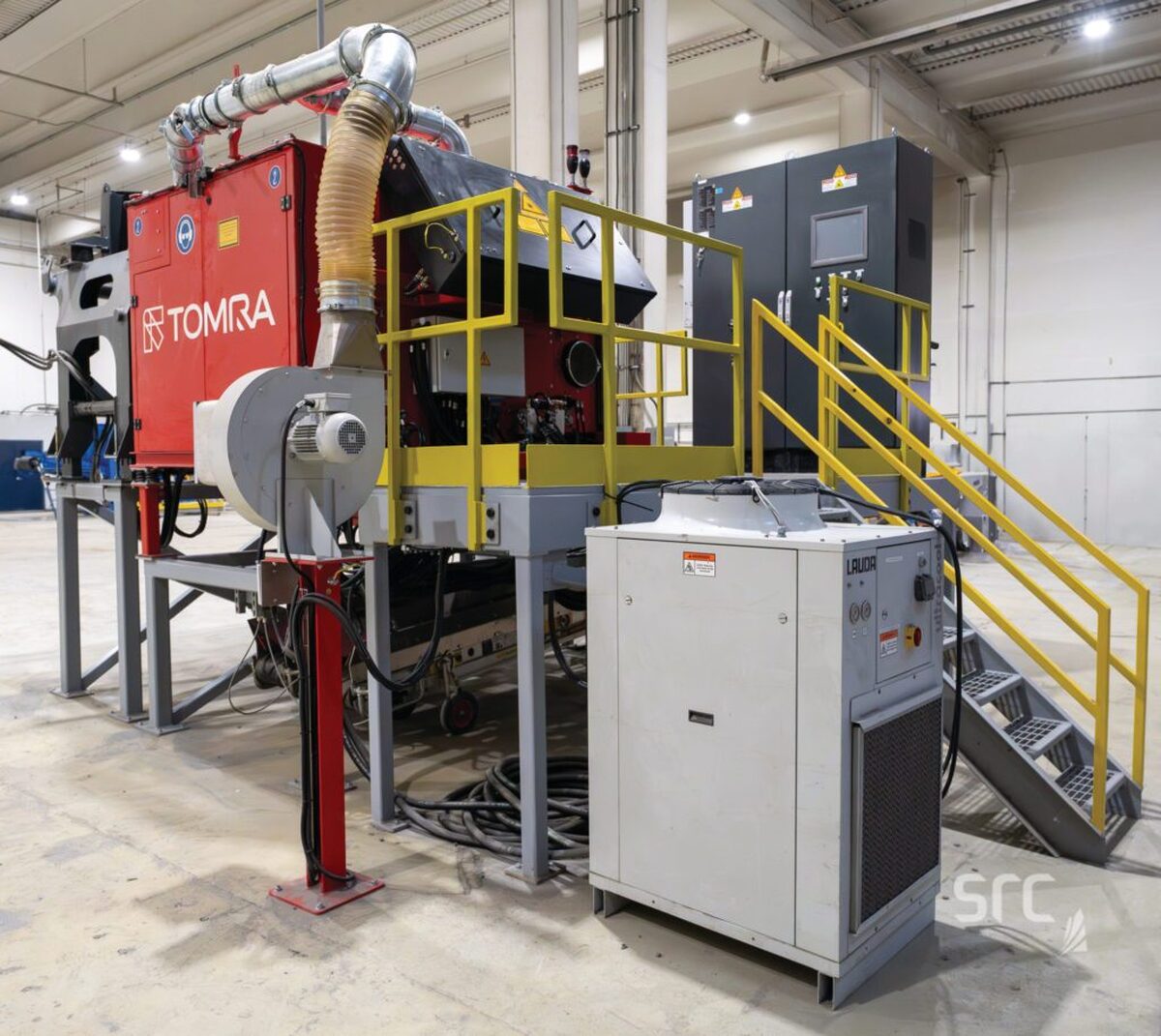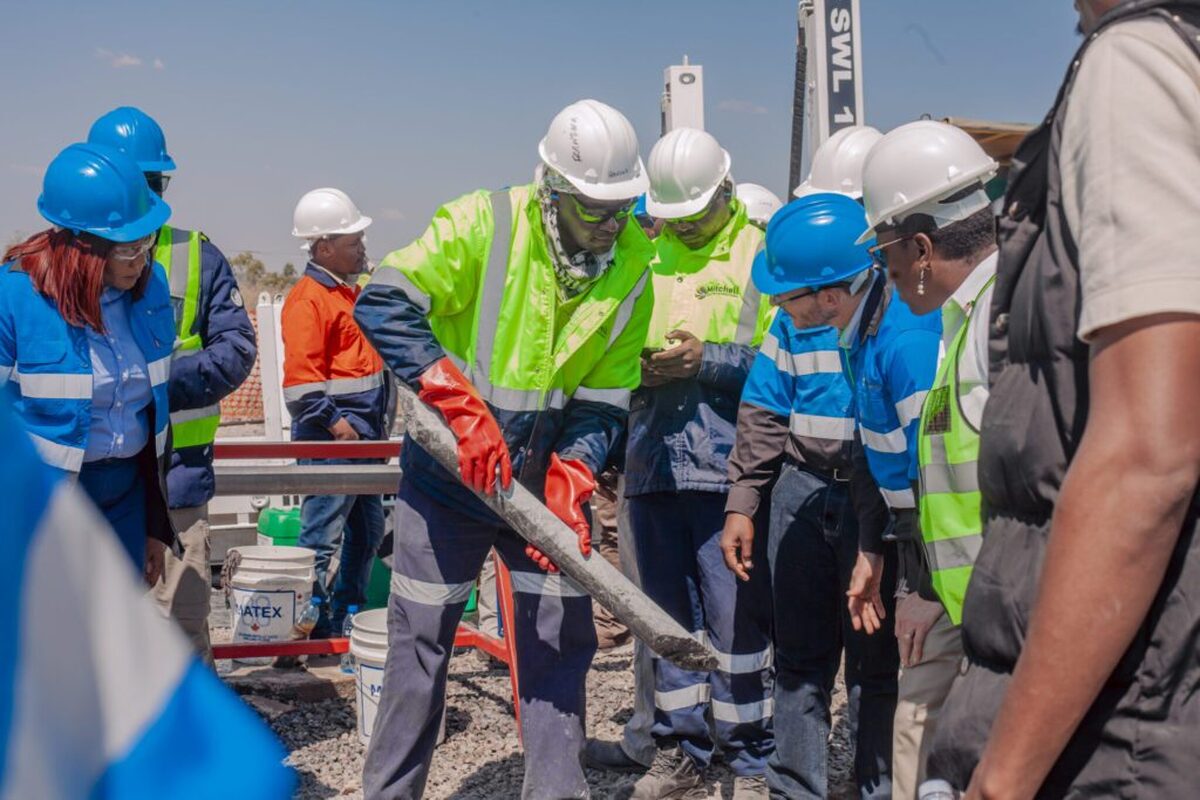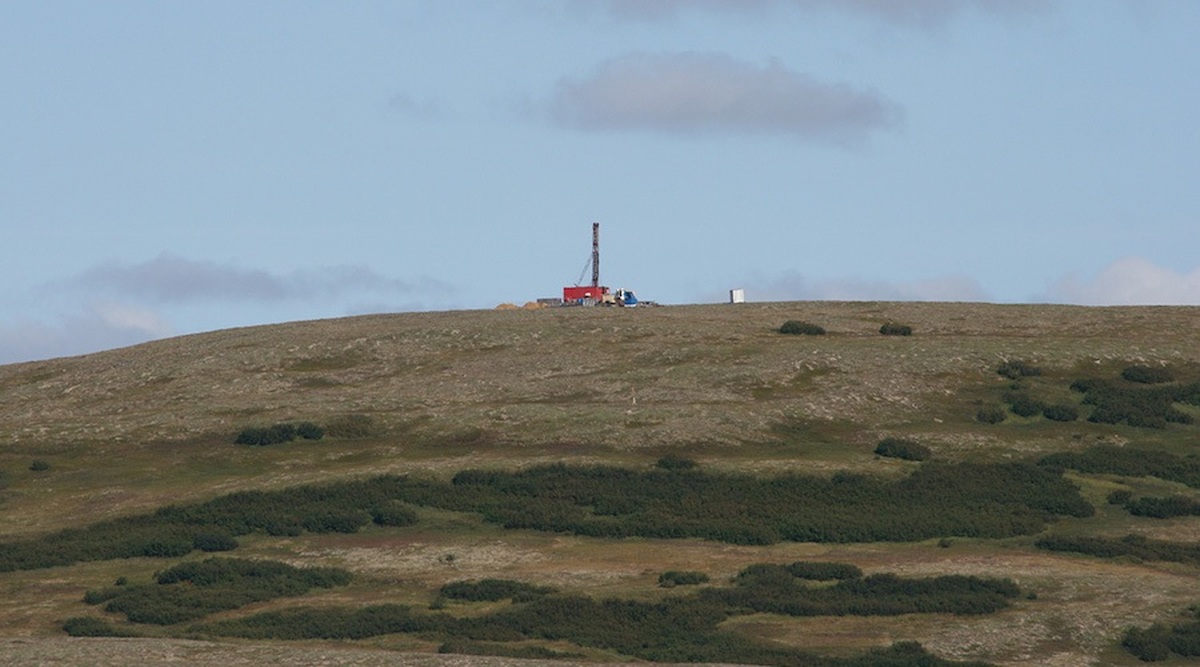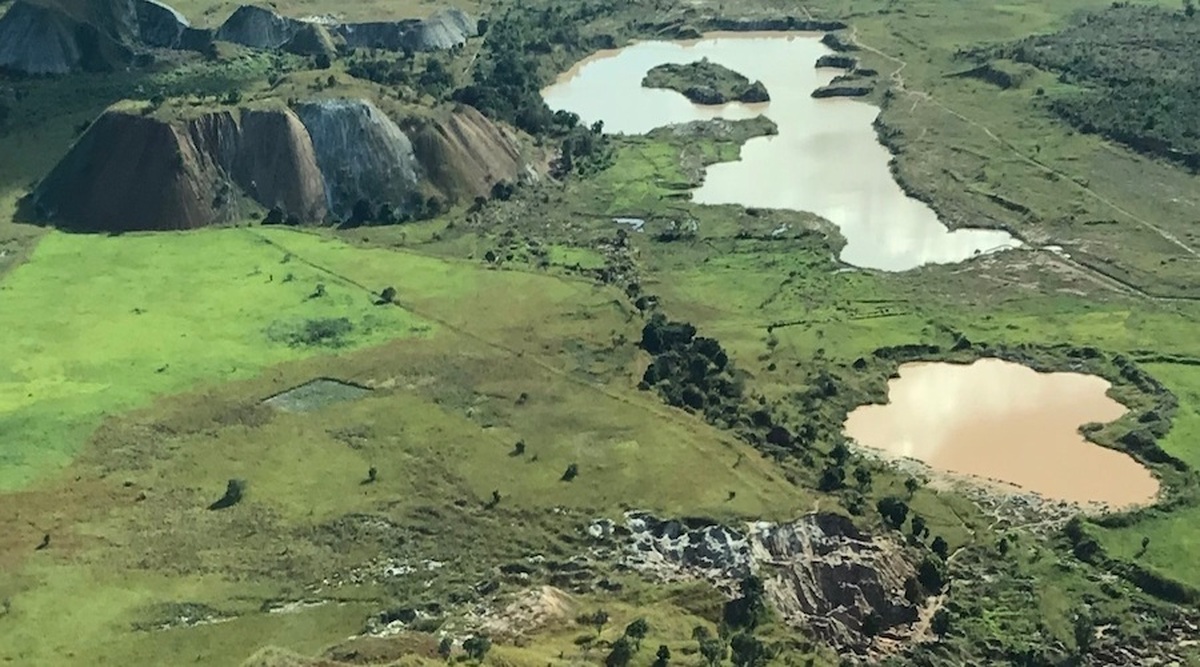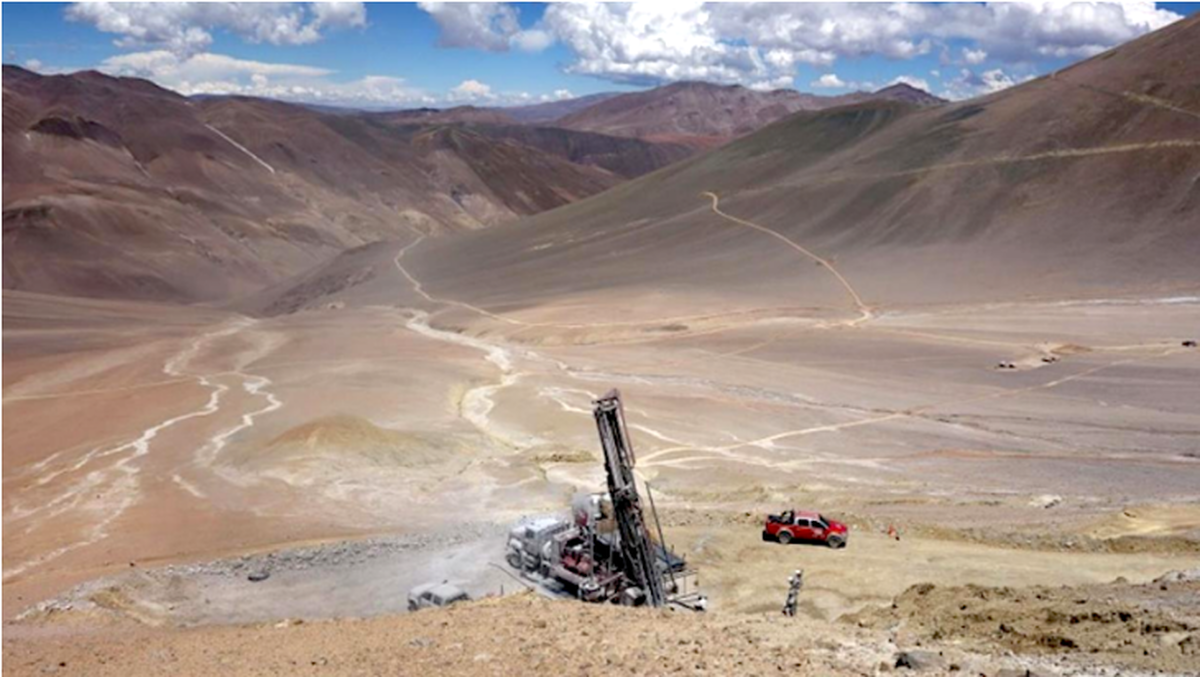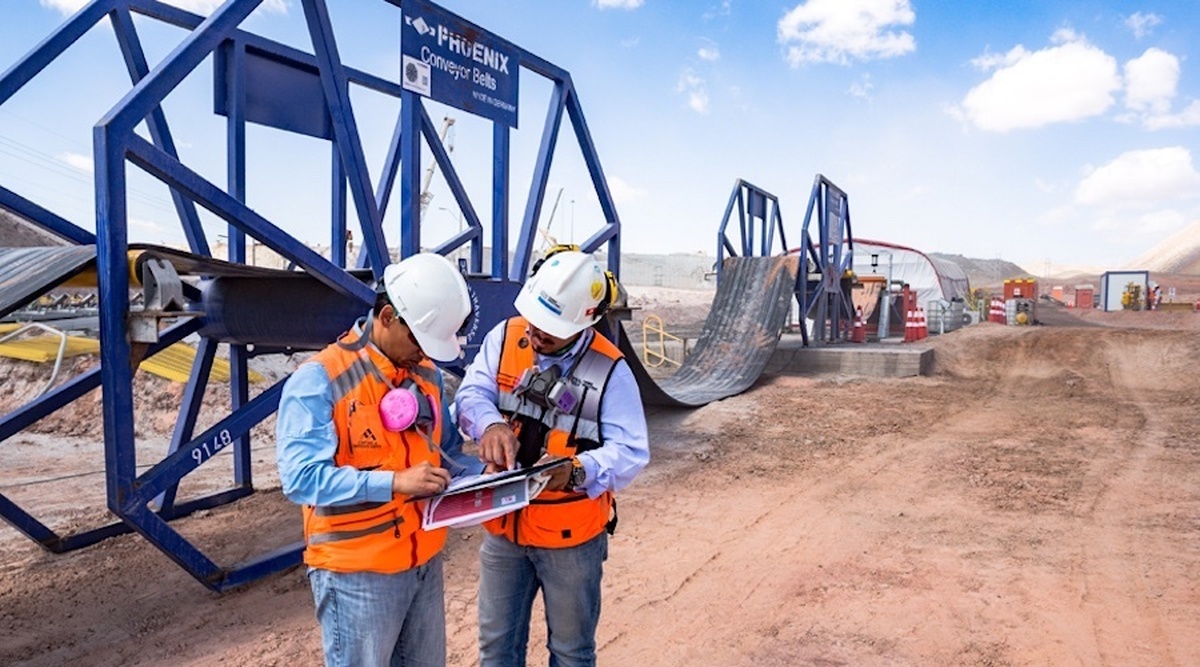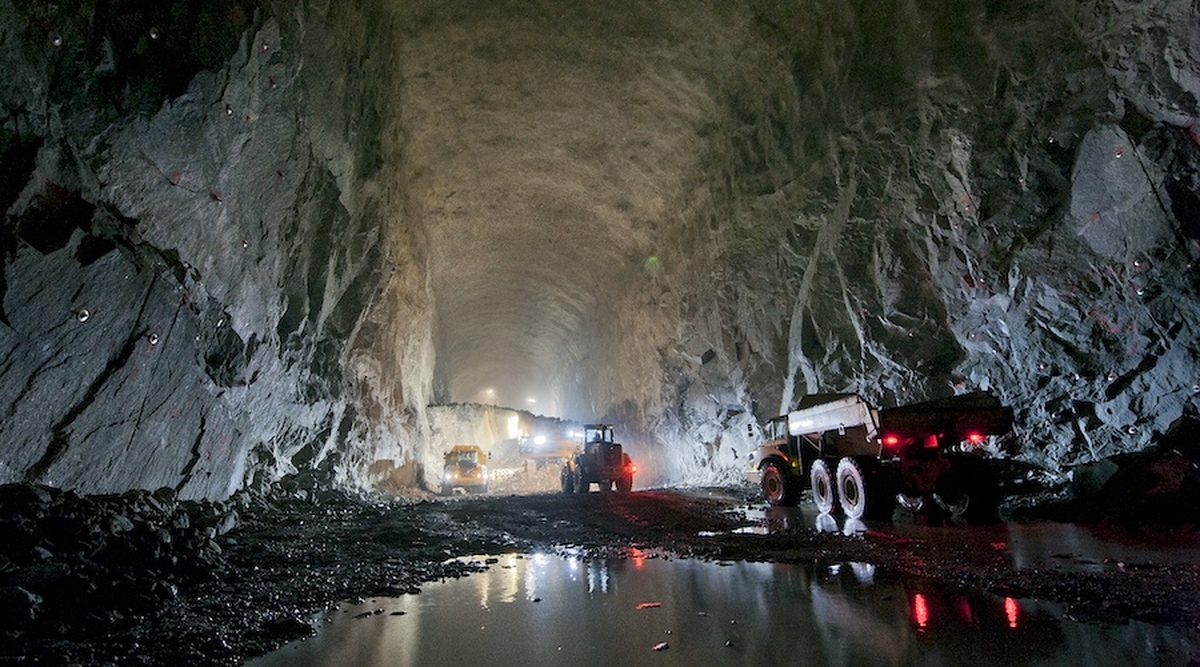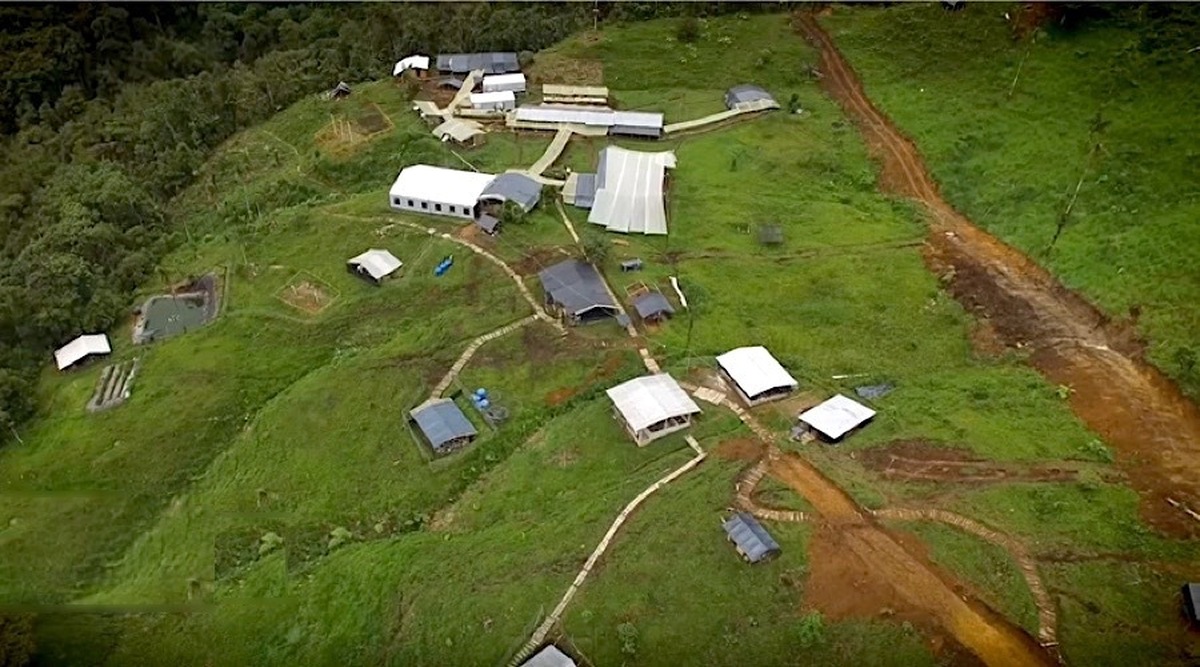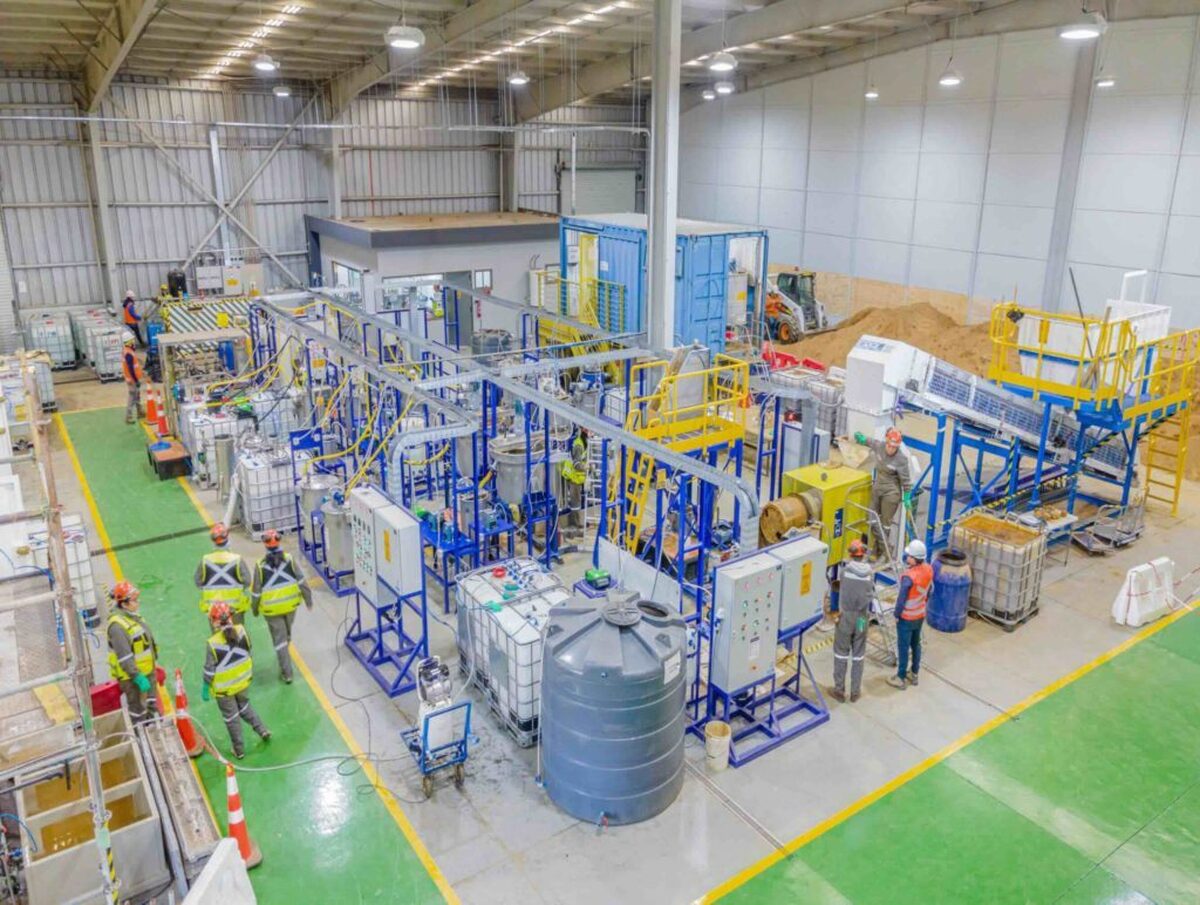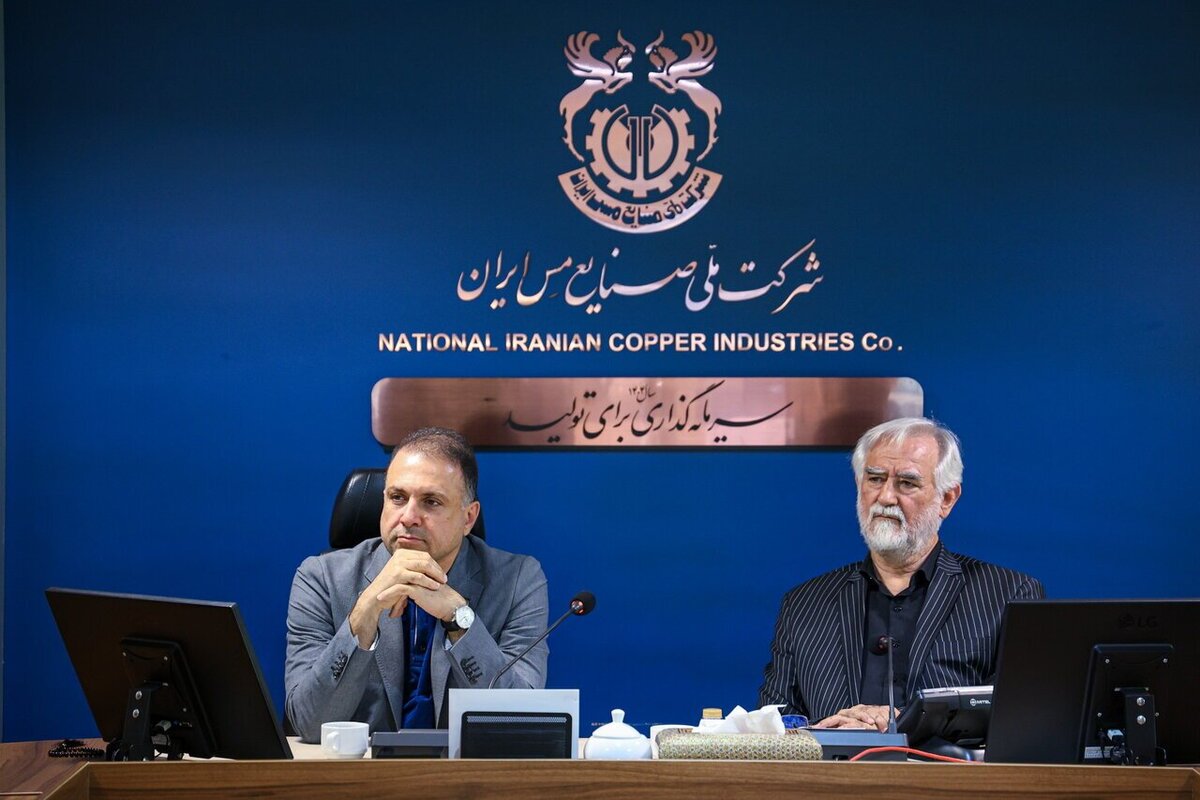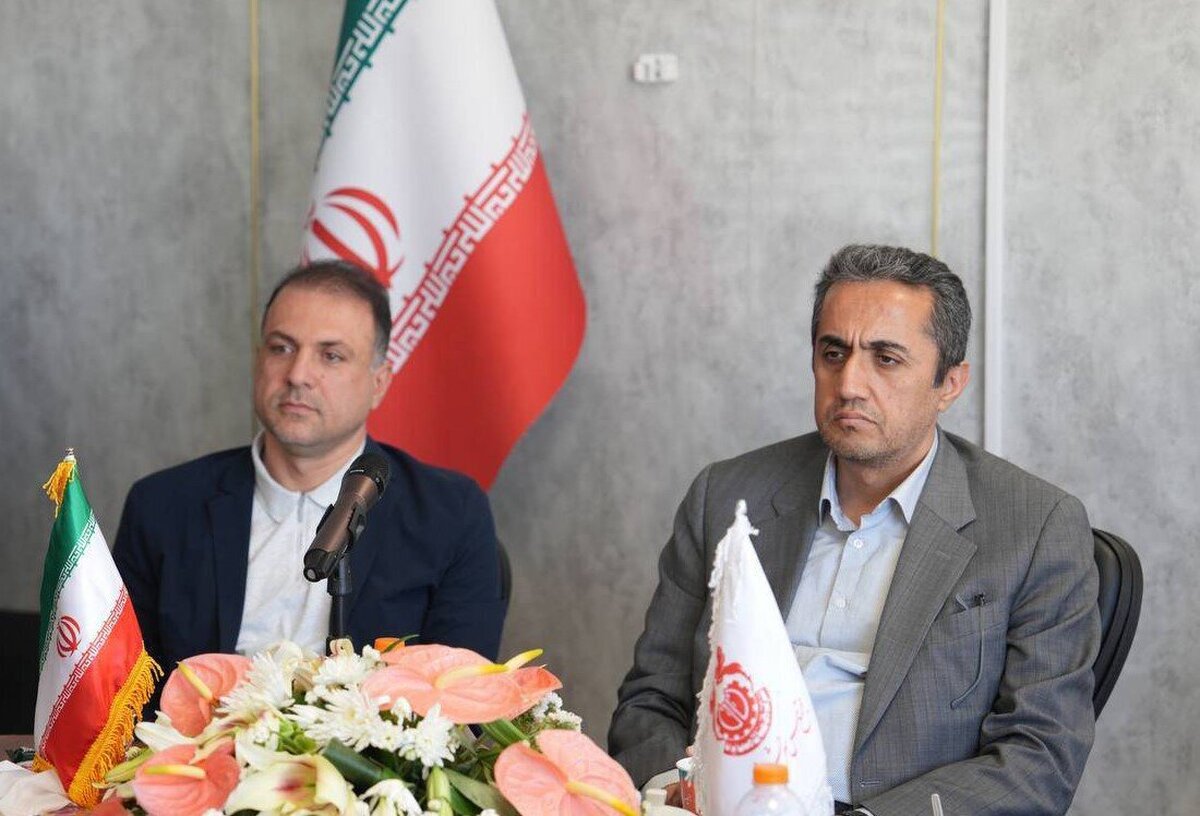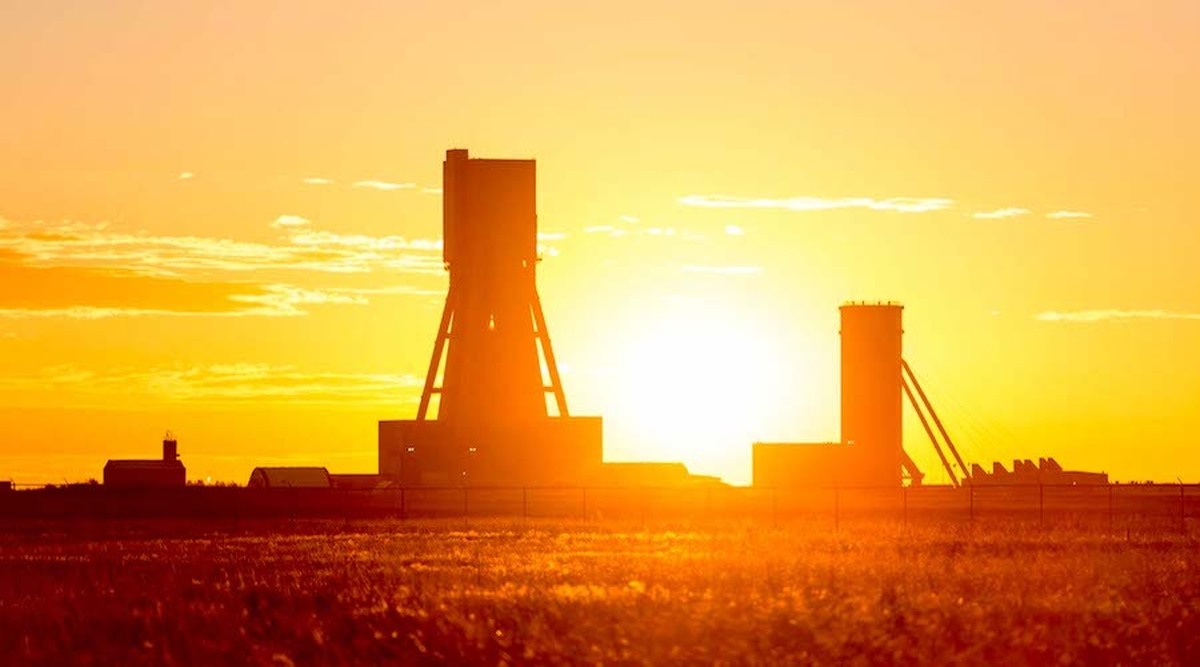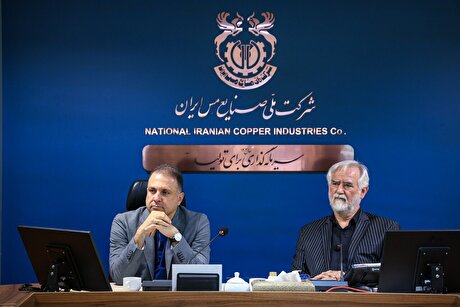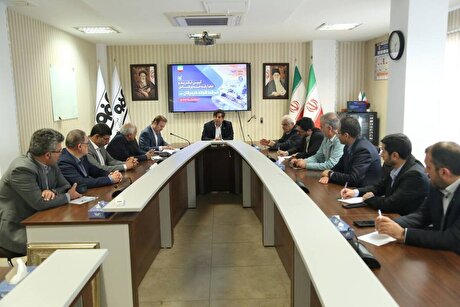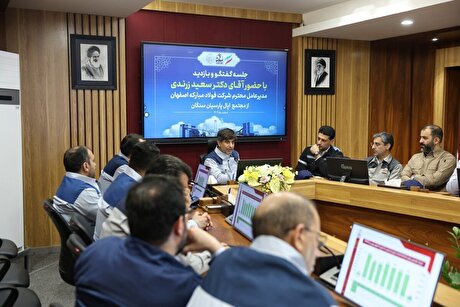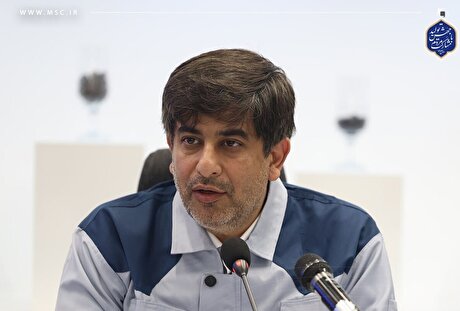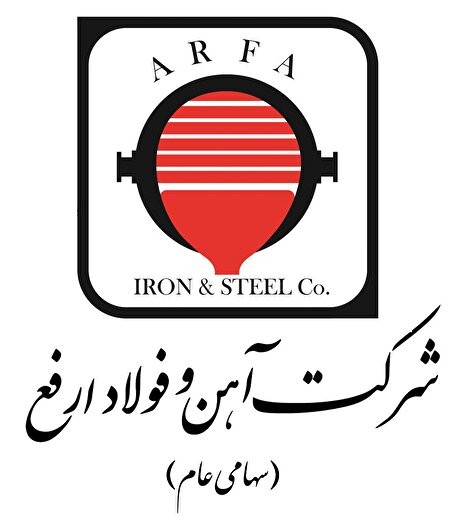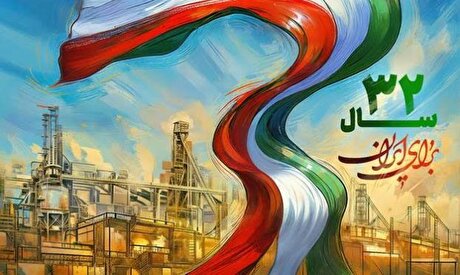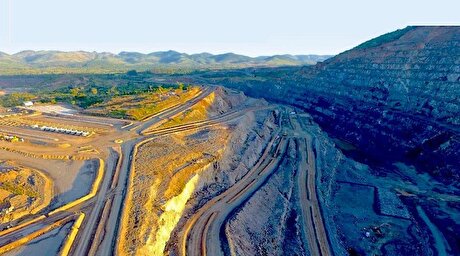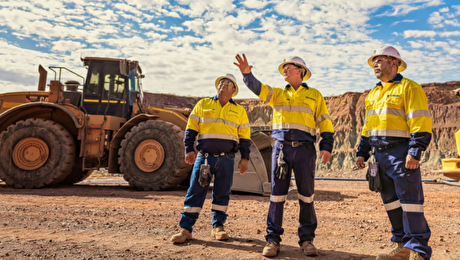
China quietly issues 2025 rare earth quotas
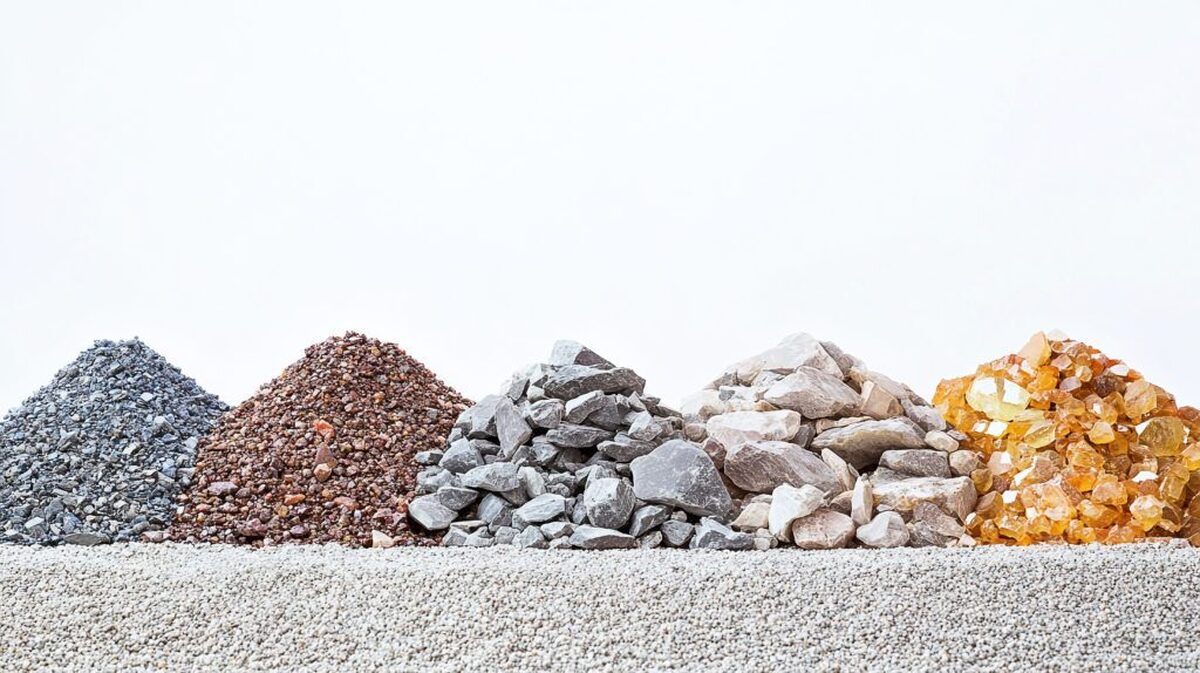
According to me-metals cited from mining.com, The quotas are closely monitored as a barometer for the global supply of rare earths, a group of 17 elements used in electric vehicles, wind turbines, robots and missiles. China is the world’s largest producer of the minerals and the government typically issues them twice a year to state-owned companies but they have been delayed this year.
The sources did not give the quota volumes.
China is increasingly sensitive about rare earths and its control over the supply, which it has been willing to assert amid its trade discussions with the US and European Union.
Beijing added several of the elements and related magnets to its export restriction list in retaliation for US tariff hikes, cutting off supply and forcing some automakers outside China to partially shutter production.
In the previous four years, China’s Ministry of Industry and Information Technology issued the first batch of quotas in the first quarter of the year in an announcement on its website.
The Ministry did not immediately reply to a request sent by fax for a comment on why the information has not been publicly issued.
Last year, China issued two batches of mining quotas for 270,000 metric tons, with annual supply growth slowing to 5.9% from 21.4% in 2023.
The smelting and separation quota in 2024 was also in two batches, totalling 254,000 tons, up 4.2% from 2023.
Beijing has used the quota system, first introduced in 2006, and corporate consolidation to tame the industry and give officials control over output.
The quotas were delayed this year partly because of a proposal in February to add imported ore into the quota system, which sparked opposition from companies that rely on imports and were concerned they could lose access to feedstock, according to the two sources and an additional source with knowledge of the matter.
source: mining.com

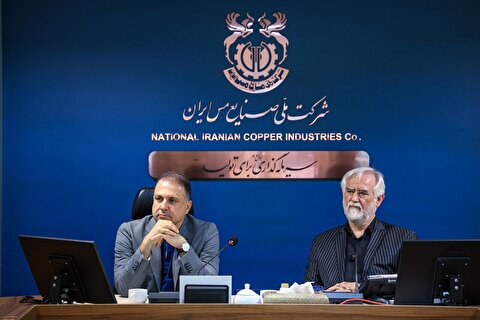
Localization in Iran’s Copper Industry a Strategic Imperative
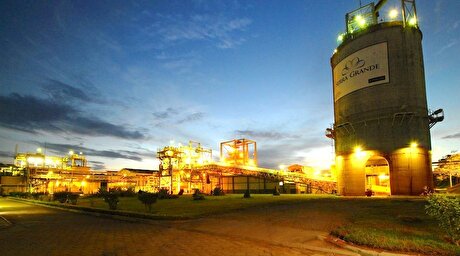
Aura Minerals makes US listing debut
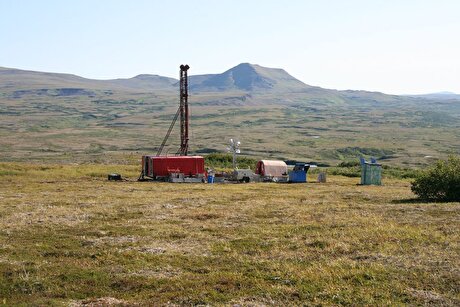
Northern Dynasty shares plunge 55% on insider selling
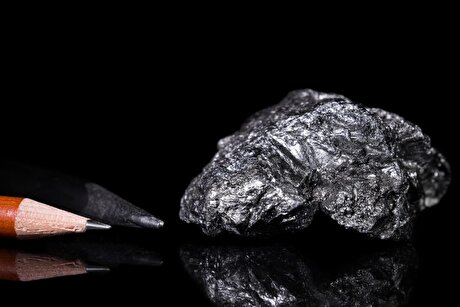
US set to impose 93.5% duty on China battery material
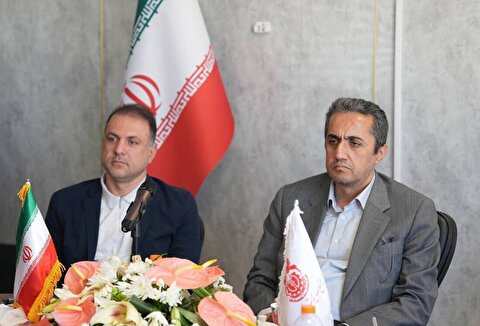
Iran’s Copper Production Continues without Interruption
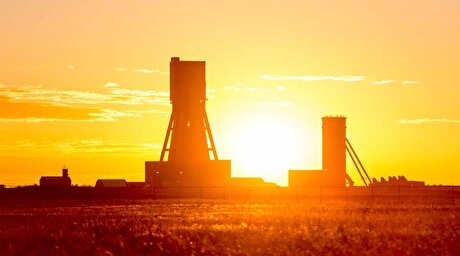
BHP delays Jansen potash project as costs surge; logs record copper output
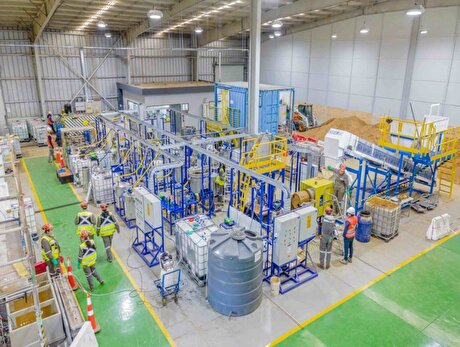
Aclara Resources, Stanford University partner on AI-powered rare earth research
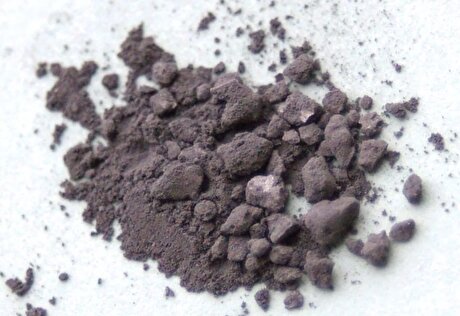
Ultra-rare metal rides AI boom as commodities star performer

Burgundy halts Ekati pit mining, lays off hundreds
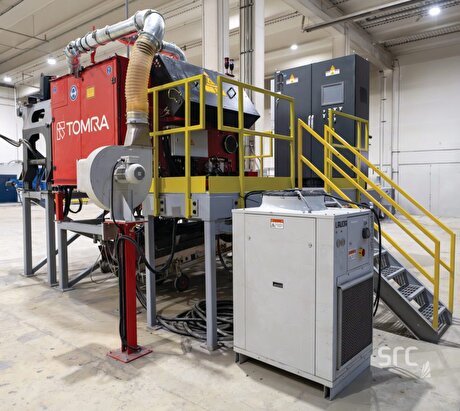
Saskatchewan Research Council adds full-scale laser sorter to mining industry services
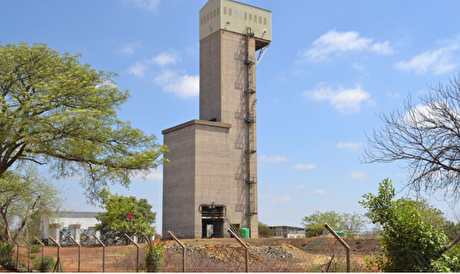
NexMetals receives EXIM letter for potential $150M loan
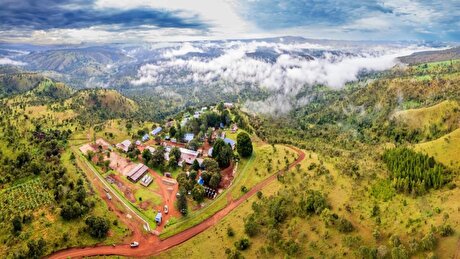
Lifezone Metals buys BHP’s stake in Kabanga, estimates $1.6B project value

KoBold signs Congo deal to boost US mineral supply
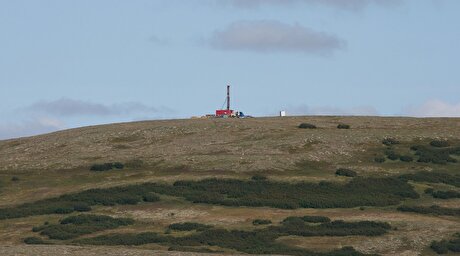
Northern Dynasty extends losses as it seeks court resolution on Pebble project veto
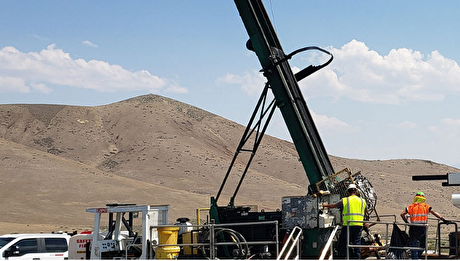
Spring Valley gold project in Nevada gets federal approval

Gold price to hit $3,600 this year and next: CIBC

China quietly issues 2025 rare earth quotas
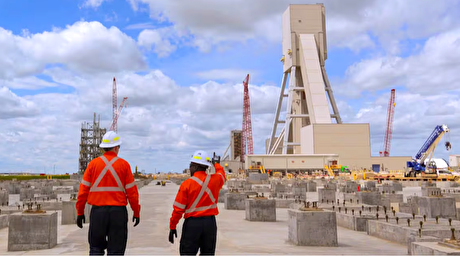
BHP delays Jansen potash mine, blows budget by 30%
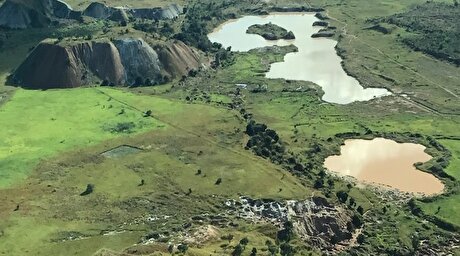
AVZ slams Congo-KoBold deal over disputed lithium project

NexMetals receives EXIM letter for potential $150M loan

Lifezone Metals buys BHP’s stake in Kabanga, estimates $1.6B project value

KoBold signs Congo deal to boost US mineral supply

Northern Dynasty extends losses as it seeks court resolution on Pebble project veto

China quietly issues 2025 rare earth quotas

BHP delays Jansen potash mine, blows budget by 30%

AVZ slams Congo-KoBold deal over disputed lithium project
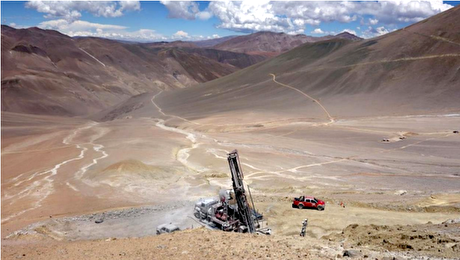
BHP, Lundin JV extends useful life of Argentina copper mine
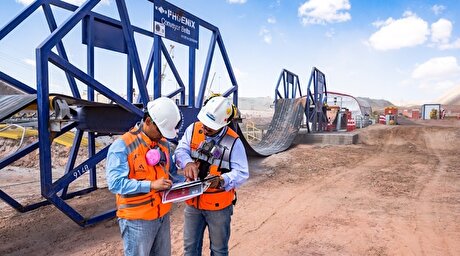
Antofagasta’s copper production up 11% in strong first half
